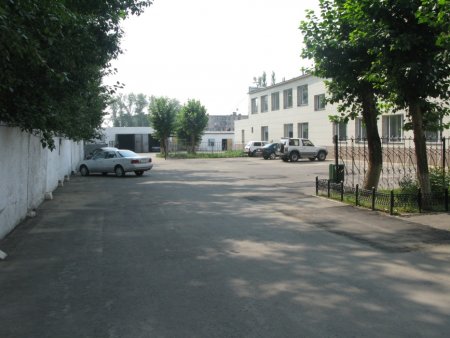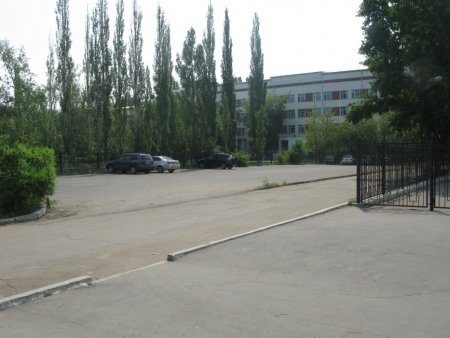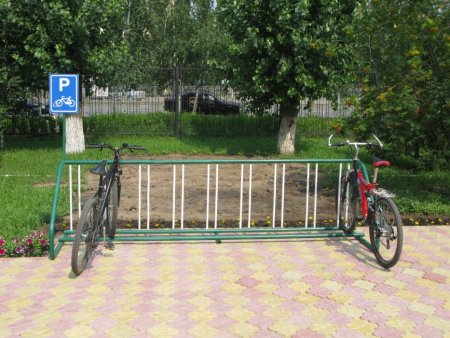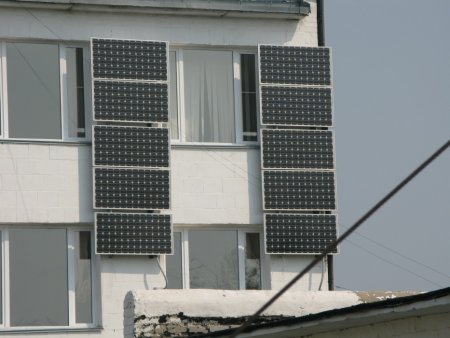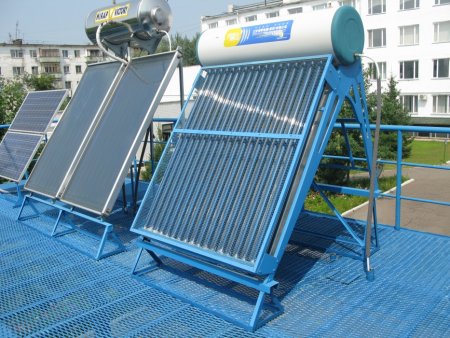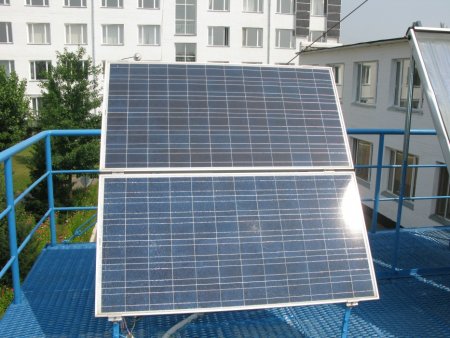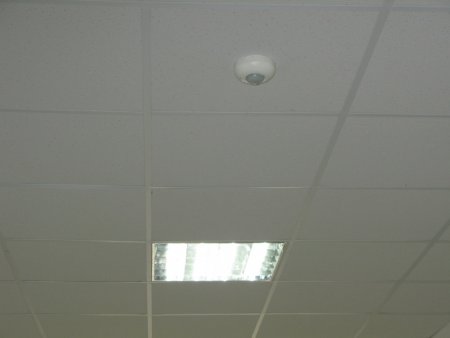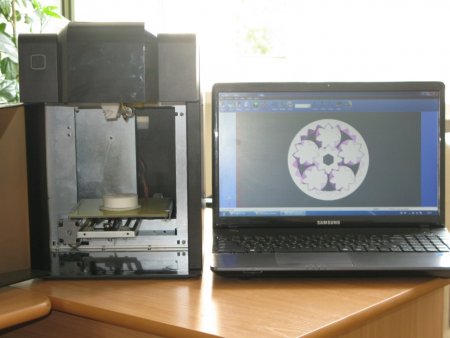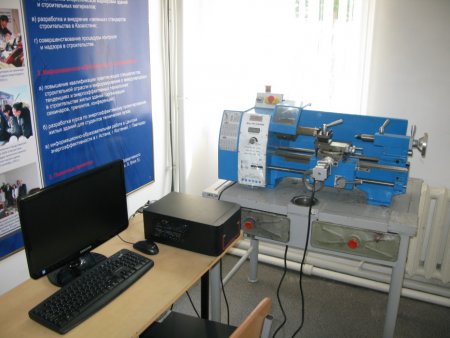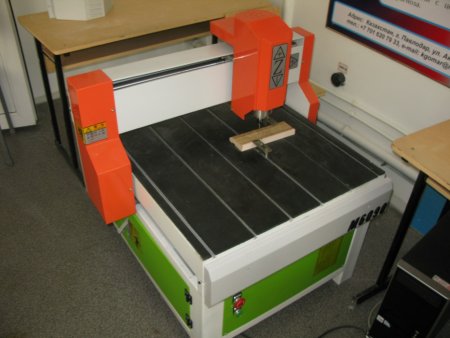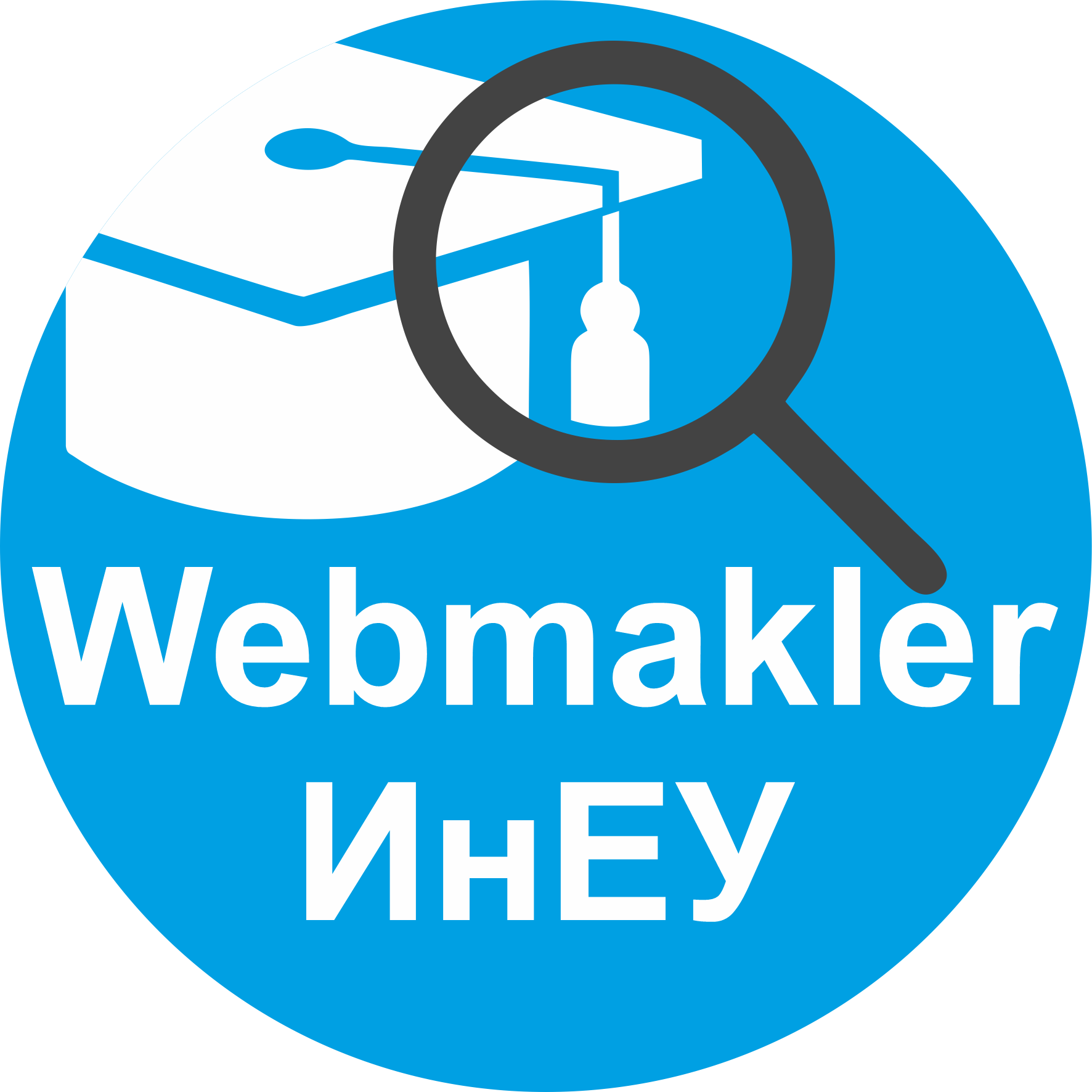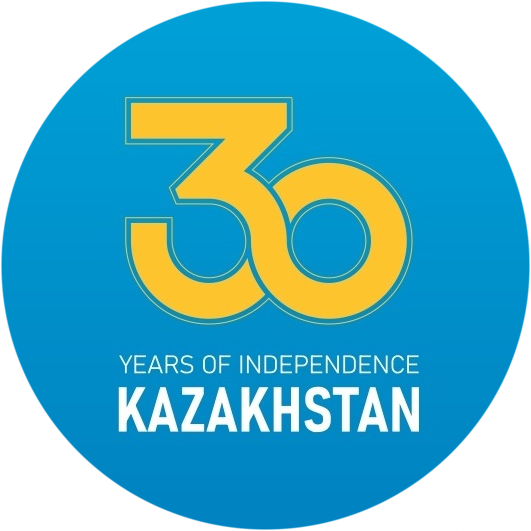Innovative Activity

The main activity of the center for technical support of the educational process are:
- data classification and analysis concerning the innovative technological capacity of the university,
- identifying critical technological areas for potential research
- providing the university with competitive research projects,
- upgrading laboratory facilities of the university,
- facilitating cooperation between university research structures and in the field of development with the goal of transferring information to actualized innovative technologies.
Transport policy of InEU
Innovative University of Eurasia adheres to the transport policy, the main aspect of which is to provide maximum comfort to drivers. To create favorable conditions from an environmental point of view, the entry of vehicles into the territory of the university is limited to office vehicles and employees' private cars. For students studying in InEU, there is a spacious parking lot near the territory of the university. For drivers of bicycles, the management of the university created a convenient drive into the territory and bicycle parking near the porch.
Recycling
Innovative University of Eurasia is a multi-university, graduating specialists in various specialties and specializations. Nowadays, a booming industry, technical specialties are in great demand. For high-quality training of students, the leadership of the university regularly acquires new models of technical equipment of industrial design. The latest innovations introduced into the educational process include: 3D printer, lathe mod. kat 210 / 400B with CNC and milling machine BL-M6090 with CNC. This equipment allows us to create objects from various materials in 2D and 3D formats, according to the projected models in the electronic version.
3D printer is a device that uses the method of layer-by-layer creation of a physical object using a digital 3D model. 3D printing can be carried out in different ways and using different materials, but at the heart of any of them lies the principle of layer-by-layer creation (growing) of a solid object.
Application of a 3D printer:
- For rapid prototyping and production, that is, rapid production of prototype models and objects for further refinement and manufacture of finished parts from materials supported by 3D-printers.
- Manufacturing models and forms for foundry, for the construction of buildings and structures and food production.
- Manufacturing structures of transparent material, which allows you to see the work of the mechanism "from the inside".
- Production of complex, massive, durable and inexpensive systems.
- Manufacturing of experimental equipment cases (automobiles, telephones, radio electronic equipment).
Lathe mod. Cat 210 / 400V CNC - used for machining exterior and interior blanks and parts such as rotation bodies. The following turning works are performed on a CNC lathe: turning, cutting and facing, drilling, threading, boring holes. It should be noted that the very method of work on the program on CNC lathes allows you to more accurately predict the processing time of a certain batch of parts and, accordingly, more fully load lathe equipment.
CNC milling machine BL-M6090 - designed for high-quality milling and engraving surfaces of parts and workpieces on the plane (software 2D) and in 3-dimensional space (3D milling).
Types of materials processed: Wood of soft and hard woods, composite materials (particle board, fiberboard, MDF), any polystyrenes (including PVC and polystyrenes with polycarbonate), model plastic.
Energy Saving Policy
Today, the world economy has a problem of limited resources, which in turn entails the impossibility of satisfying human needs. To minimize this problem, the world community has found two options: the use of renewable energy sources, as well as the use of energy-saving technologies. In connection with the development in Kazakhstan of policies in the field of renewable energy and energy-saving technologies to save the country's resources, these developments and methods have been introduced at our university.
Renewable Energy
Electric photovoltaic solar panels (solar panels), which are located on the street site of the university, are used to power computer servers in emergency situations (disconnecting the city power grid or interrupting the power network). As for thermal energy, in the summertime (when the city heat supply is turned off), hot water is supplied to the university’s canteen. In addition, the energy obtained during the operation of solar panels, is used during laboratory work and experiments of students.
Energy-saving lamps
Energy-saving lamps (LED) installed on the floors of the main building are controlled by motion sensors. LED lamps are durable, easy to maintain, environmentally friendly, do not flicker, light up instantly, are vibration resistant, work in conditions of large differences in low and high temperatures, in the luminous flux of these lamps there is no ultraviolet and infrared radiation, which is favorable for human health, the clarity of light flow reduces eye tension. Luminaires with a motion sensor can save up to 70% of the electricity consumed for lighting rooms. Upon the appearance of a person in the room, the sensors are triggered and the LED lamps light up. This gives us the opportunity to save big expenses on energy consumption.
Programs for the preservation and purification of water
Scientists have long warned the public that sooner or later most of humanity will be faced with the problem of lack of clean fresh water. And these times are not so far. Alarms are already coming from those places where most recently there were no problems with water. Therefore, it is necessary to start wisely and carefully to treat water resources at the moment. Innovative University of Eurasia adheres to the policy of preserving and purifying water, introducing and using new technologies in this industry in its work. For the needs of the university, water is used, which is cleaned with special filters and distributed throughout the building to the classrooms. This degree of purification allows drinking water. Another one of the methods of water purification used at the university is water purification using water distillation equipment. This water is purified from all impurities of salts and other substances and is used for laboratory purposes to obtain accurate test results and the preparation of laboratory preparations and reagents. The university also provides equipment that allows in case of an accident (when the urban water supply is disconnected), to provide the housing with water, until troubleshooting.
Additional information: Pavlodar, st. Lomov, 45, building number 1, room. 203а
Dyusenalin Baurzhan Kyrykbesovich
Tel: 67-30-85, (ext.210) cit@ineu.kz
